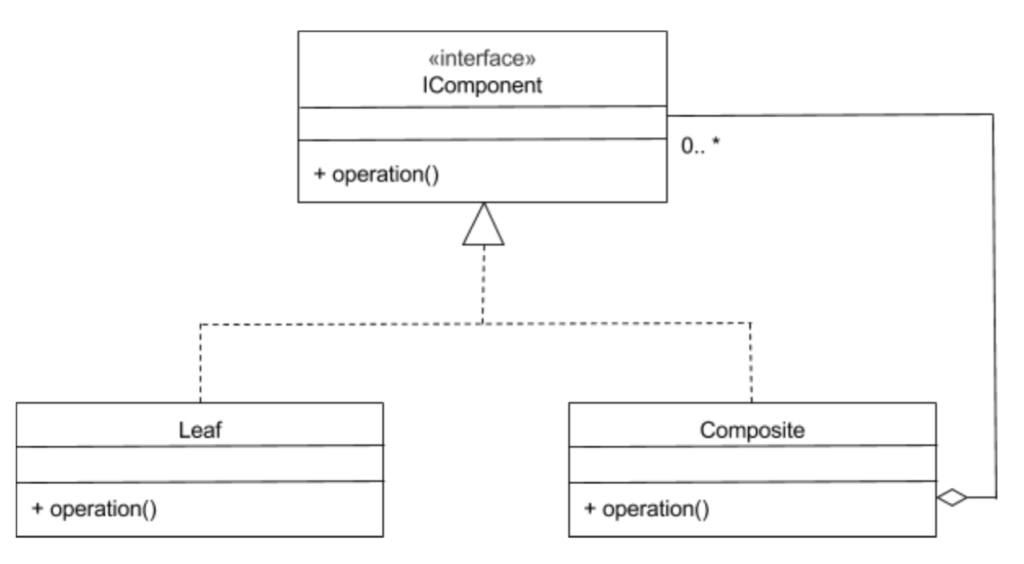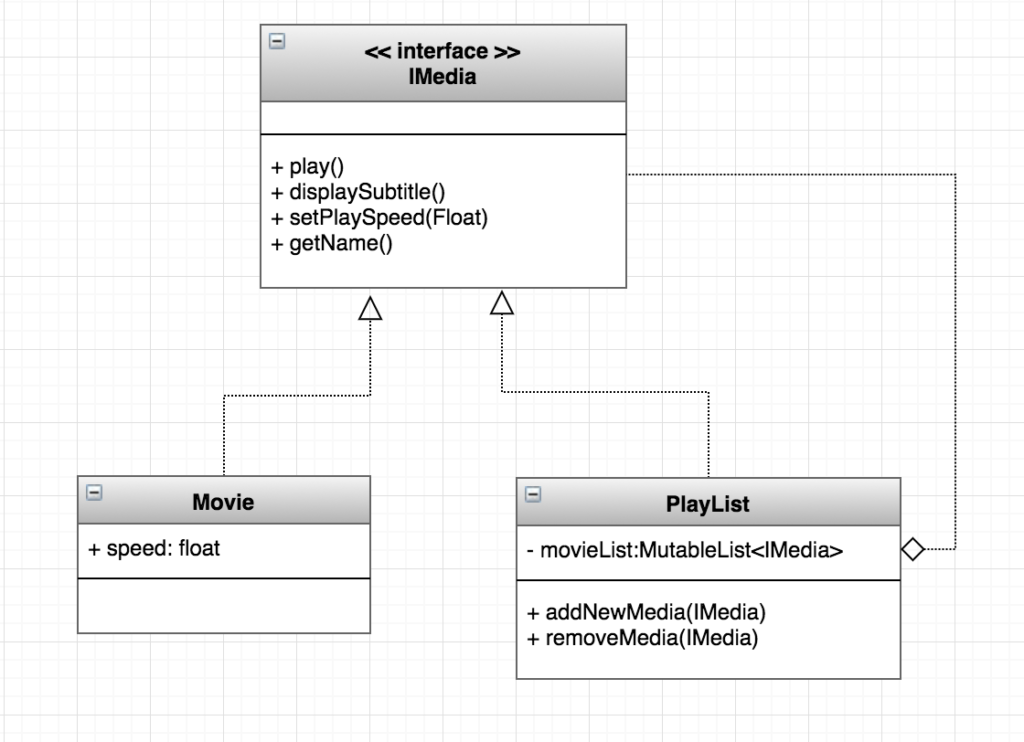A Complete Guide To Design Patterns In Kotlin: Composite Design Pattern
Tutorial on composite design pattern with code example In Kotlin
Filter by Category
Filter by Author

Tutorial on composite design pattern with code example In Kotlin
Posted by Baraa Abuzaid

Here we'll implement a draggable map with a fixed marker on top. that's only change when moving the map just like UBER.
Posted by Baraa Abuzaid

Get up and running with Kotlin in no time
Posted by Baraa Abuzaid

Discussing Kotlin Interface delegation and the shortcoming of the implementation inheritance
Posted by Baraa Abuzaid

The adapter design pattern is a structural design pattern that's very useful when maintaining a legacy code or adding a new features.
Posted by Baraa Abuzaid

The Façade design pattern is a structural design pattern. It reduces coupling and improves code readability.
Posted by Baraa Abuzaid

Will be going through the Creational Design Pattern illustrating how and where to use it.
Posted by Baraa Abuzaid

This tutorial will explain the fundamentals of ViewModel and LiveData and how to use them by creating simple demo App that shows recent movies.
Posted by Baraa Abuzaid

This is a brief look into MVP clean architecture discussing why it is the best architecture for android development
Posted by Baraa Abuzaid

This tutorial will illustrate how to implement infinite scrolling in Android, where the data should be load automatically as the user scrolls down
Posted by Baraa Abuzaid

Tutorial on composite design pattern with code example In Kotlin
A composite design pattern is built upon two principles in object-oriented programming. First, decomposition by breaking a whole into parts. Then generalization which generalizing multiple objects and abstract them into classes that have similar behaviors.
In the composite pattern, we have objects of different types. one object could be composed by another object in a tree-like manner. However, all the objects adhere to a supertype an interface or an abstract class. And that ensures a uniformity when dealing with these objects.
The uniformity is a key here which allows you to deal with these composite object without having to check for the type. I think a UML class diagram for the composite pattern will make it clear. More about UML class diagram can be found here, in the UML class diagram focused article

From the UML class diagram, we see that we have two classes a Composite class and a Leaf class and both are implementing the same interface. Whereas, the composite class also contains an aggregate of IComponent class, this could be a list of type IComponent.
A practical example for the composite pattern could be implemented in a movie player. where you could have PlayList class and Movie class both are having same behaviors like play() getName() displaySubtitle() setPlaySpeed(). Furthermore, we could let both classes implement a IMedia interface. In this case Movie class will be the leaf class and PlayList is a composite class, hence it could be composed of a movie or another playlist. Thus, the UML class diagram will be like

And now what’s left is to implement the above example that shows the composite design pattern into a Kotlin code.
interface IMedia {
fun play()
fun displaySubtitle()
fun setPlaySpeed(speed:Float)
fun getName() :String
}
class Movie(val title:String):IMedia {
private var speed = 1f
override fun play() {
println("Now playing: ${title}...")
}
override fun displaySubtitle() {
println("display subtitle")
}
override fun setPlaySpeed(speed:Float) {
this.speed = speed
println("current play speed set to: $speed")
}
override fun getName(): String {
return title
}
}
class PlayList(val title:String):IMedia {
var movieList:MutableList<IMedia> = mutableListOf()
fun addNewMedia(media:IMedia) = movieList.add(media)
fun removeMedia(media: IMedia){
movieList = movieList.filter{ it.getName() != media.getName() }.toMutableList()
}
override fun play() {
movieList.forEach { it.play() }
}
override fun displaySubtitle() {
println("display certain subtitle")
}
override fun setPlaySpeed(speed: Float) {
movieList.forEach { it.setPlaySpeed(speed) }
}
override fun getName(): String {
return title
}
}
fun main(args:Array<String>){
val actionMoviePlayList:PlayList = PlayList("Action Movies")
val movieB:IMedia = Movie("The Dark Knight")
val movieC:IMedia = Movie("Inception")
val movieD:IMedia = Movie("The Matrix")
actionMoviePlayList.apply {
addNewMedia(movieB)
addNewMedia(movieC)
addNewMedia(movieD)
}
val dramaPlayList:PlayList = PlayList("Drama Play List")
val movie1:IMedia = Movie("The Godfather")
val movie2:IMedia = Movie("The Shawshank Redemption")
dramaPlayList.apply { addNewMedia(movie1);addNewMedia(movie2) }
val myPlayList:PlayList = PlayList("My Play List")
myPlayList.apply {
addNewMedia(actionMoviePlayList)
addNewMedia(dramaPlayList)
}
myPlayList.play()
}
featured photo by Kelvin Zyteng

For starters what is composition and what is inheritance? A simple way to explain that is to say the Composition is when you design your object around what they do, and the...

The adapter design pattern is a structural design pattern. As the name drove from the adapter in the physical world, the adapter design pattern work in a similar way. In many...